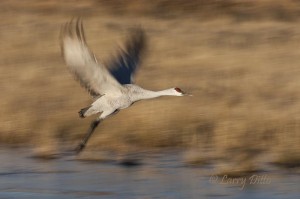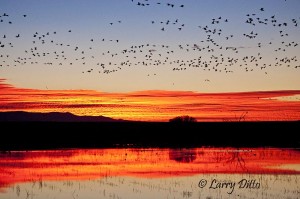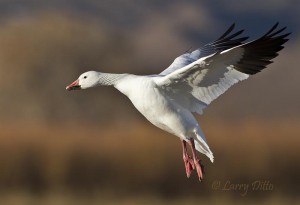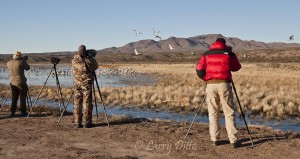Since my last newsletter, the whooping crane instructional photo tour has filled and we need two or three more photographers for a second tour on Thursday and Friday, January 12-13. If you can go, give me a call or email.
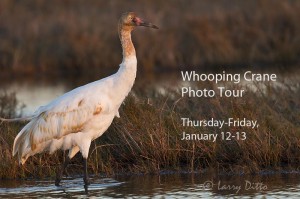
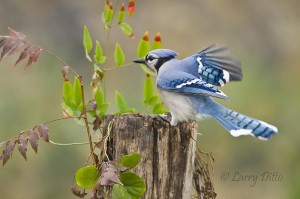
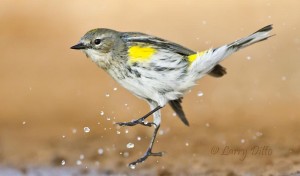
Since my last newsletter, the whooping crane instructional photo tour has filled and we need two or three more photographers for a second tour on Thursday and Friday, January 12-13. If you can go, give me a call or email.



Last week, I traveled with four other photographers to Socorro, New Mexico and the Bosque del Apache National Wildlife Refuge for the annual Bosque Instructional Photo Tour. With the exception of the final afternoon when a strong wind kicked up ahead of a cold front, we enjoyed beautiful weather and had a blast photographing a variety of birds, mammals and landscapes.
The Bosque corn crop for wintering birds was far below normal production, so we anticipated problems getting snow goose photos. Fortunately, that was not the case. The refuge staff opened a few extra miles of farm road for the visiting public and that got us in an area where the geese were feeding. We were able to photograph many thousands of geese and sandhill cranes on each of our three days.
Next year, I anticipate hosting the usual three days at Bosque plus an additional two days photographing sand dunes and native American petroglyphs. So mark your calendar for next November. Meanwhile, here are some of this year’s captures.
